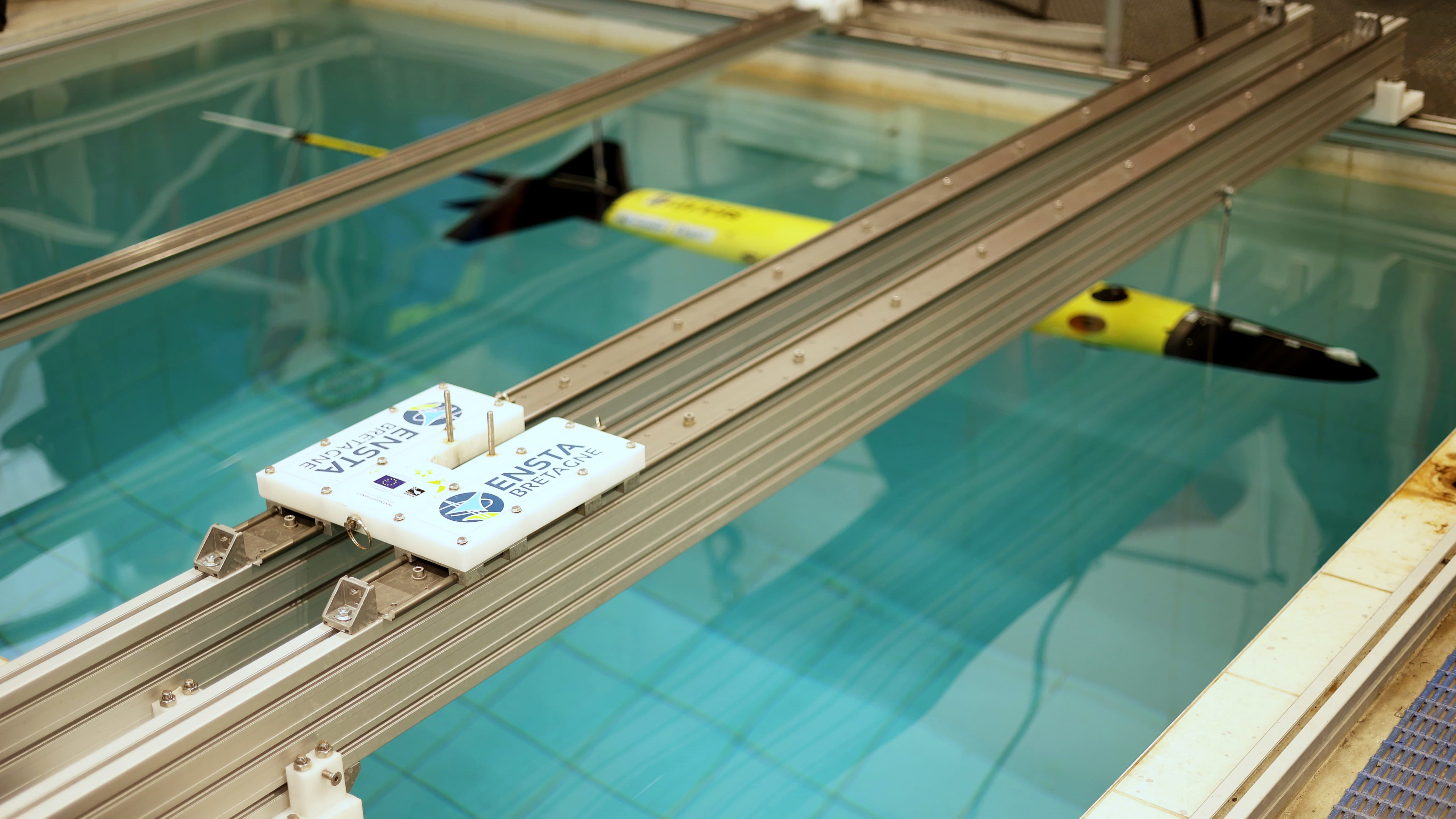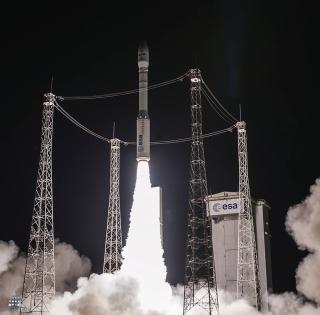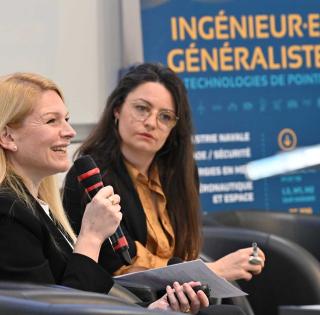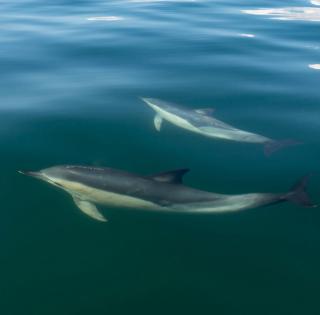
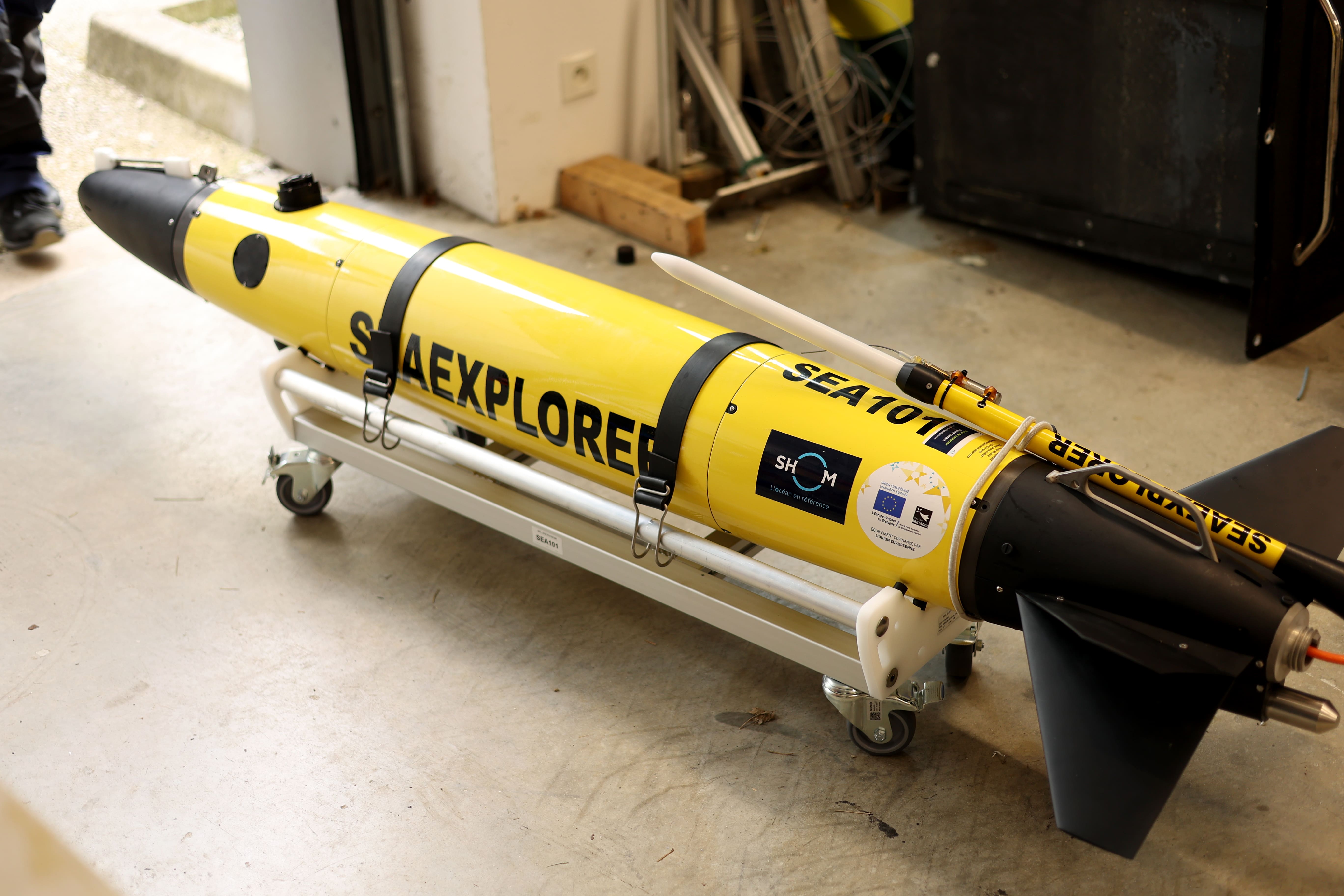
This scaling-up is aimed at meeting the increasing need for knowledge about the oceans
Designed by the French company Alseamar to gather hydrological and acoustic data, the SeaExplorer underwater glider rounds off the resources (survey vessels and patrol crafts) already implemented by Shom.
Equipped with sensors to monitor the water column (salinity, temperature, depth, dissolved oxygen and fluorescence), this glider will enable Shom to expand its acquisition of oceanographic data amid a growing need for information.
High-endurance, it can travel up to 1,900 km and continue operating independently at sea for 75 days. The glider uses a ballast system instead of a propeller to descend into the water and climb back up at regular intervals.
For Shom, its commissioning heralds a scaling-up in the scope for sampling in the ocean: the continuity of measurements acquired in situ will improve consideration of the scales of oceanic variability, which will enable Shom to fine-tune its models and products accordingly.
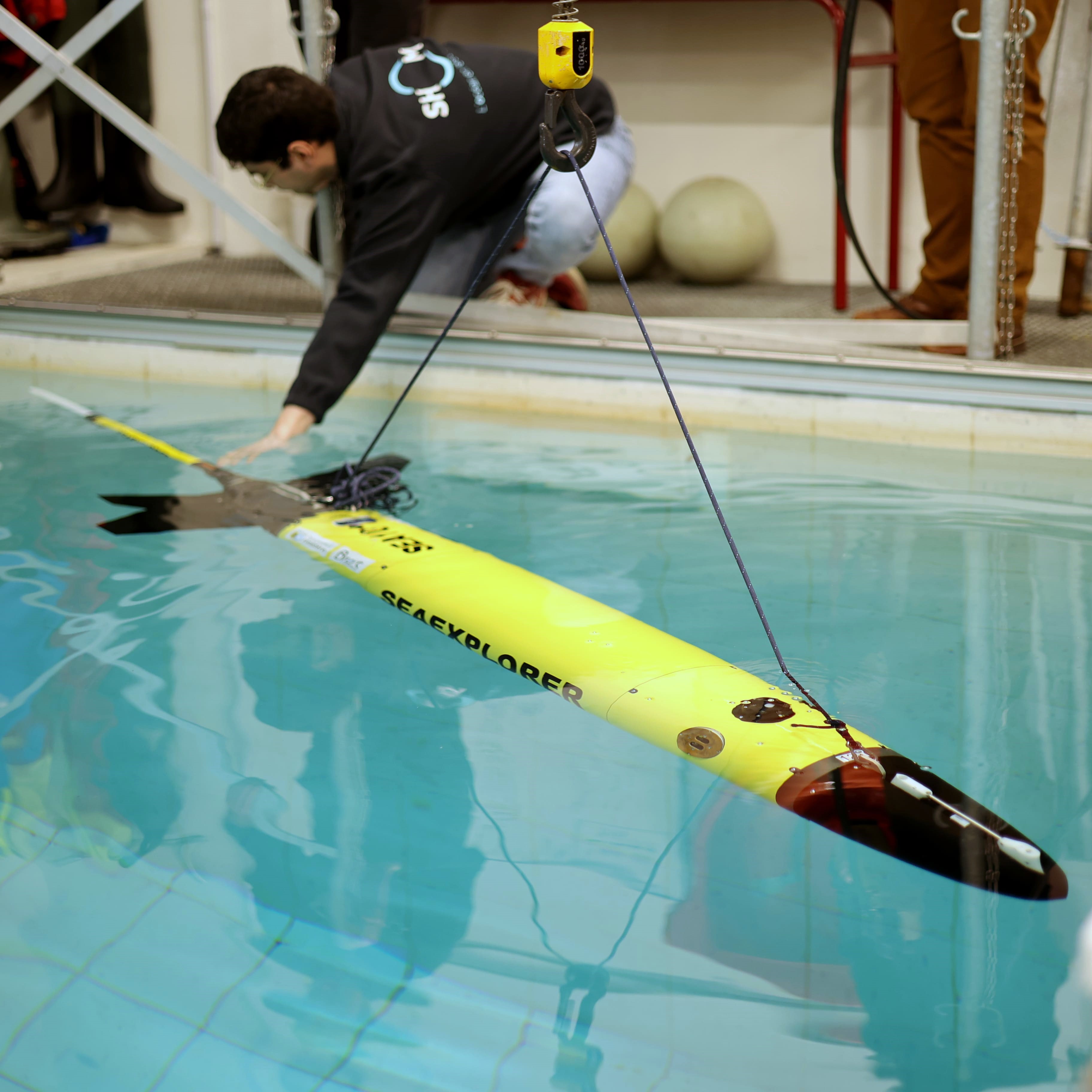
Equipment acquired as part of the ROEC-ILICO project
Shom’s acquisition of this first glider has received funding from the Brittany Region, ERDF (EU), Brest Métropole and Finistère Département-level Council, under the 2021-2027 contract for regional development between the French State and the Brittany region (CPER). This is provided through the Network of Observations for the Coastal Environment of France’s multi-agency Research Infrastructure for coastal ocean and near-shore observation (ROEC-ILICO), which sets out to observe and understand coastal ocean and near-shore ecosystems and environments in their entirety by pooling observational methods.
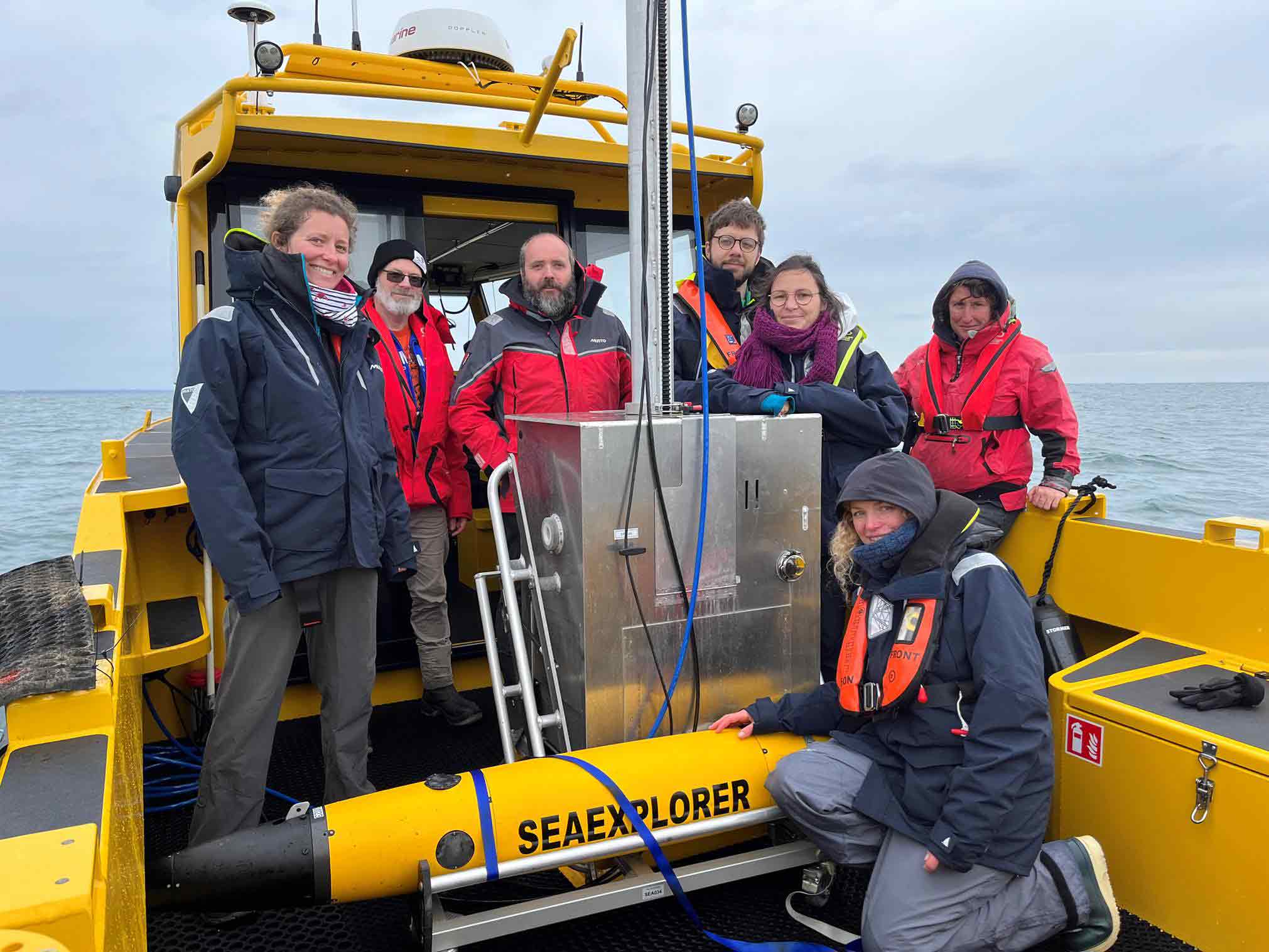
Ballast calibration and experience-sharing on the ENSTA Bretagne campus
On March 19, during the glider’s testing, the Shom teams were able to benefit from the experience of ENSTA Bretagne’s researchers. Indeed, the research team led by Flore Samaran (at the Lab-STICC) already uses a glider to record the underwater acoustic environment and monitor the ecological status of the oceans. Specializing in the acoustic observation of cetaceans, this team uses the sounds recorded underwater to identify the species present and to learn more about their presence and their behavior. For that, it has learned how to calibrate the underwater glider in the ENSTA Bretagne tank: the neutrality of the glider’s mass must be defined with account taken of the salinity level in the maritime deployment zone to optimize its silent movements in the water column.






